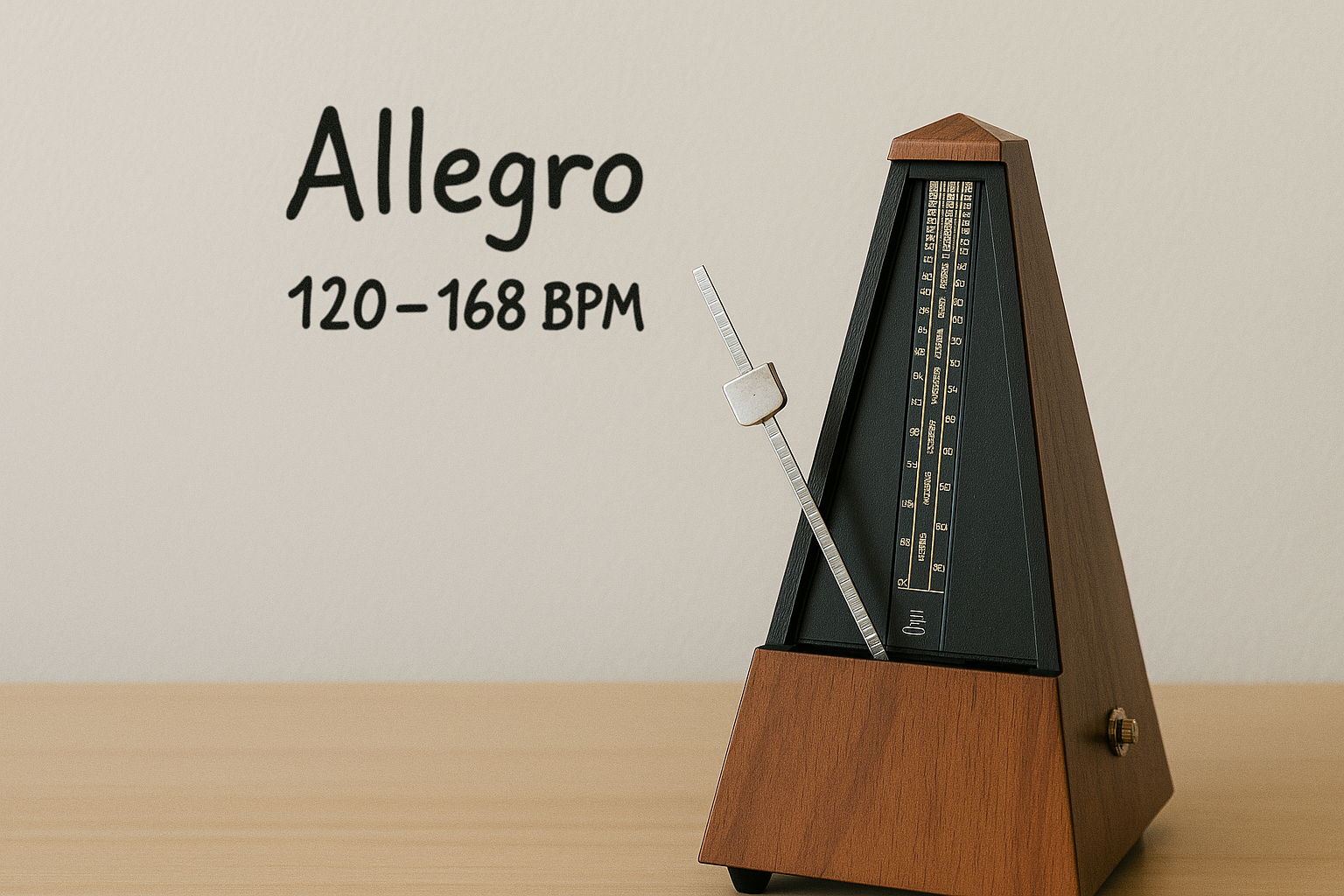What Is BPM? (Beats Per Minute Explained)
What Does BPM Mean?
In music, BPM stands for beats per minute. Simply put, it tells you how fast or slow a piece of music is.
When someone asks, “What does BPM mean?”, the short answer is that BPM measures the speed of music by counting how many beats occur in one minute.
Have you ever wondered how musicians know how fast a song should go—especially if it’s brand new?
Maybe you’ve seen a conductor waving their arms, or heard a musician count off a group with “1… 2… 3… 4…”. If you dance, you already understand BPM instinctively—you move to the pulse of the music. That steady pulse is measured in beats per minute (BPM).
Think about the second hand of a clock. There are 60 seconds in a minute, so the second hand is effectively ticking at 60 BPM. If you tap your foot along with it, you’ll feel that this would be a fairly slow song.
Some popular songs with a tempo around 60 BPM include:
- Inside Out – Britney Spears
- Culo – Pitbull
- Super Rich Kids – Frank Ocean
The BPM of a piece of music is also called its tempo. Tempos can range from extremely slow (around 20 BPM) to very fast (200+ BPM).
BPM and Tempo (Are They the Same?)
Yes—BPM and tempo mean the same thing in most practical situations.
Tempo is the musical term used to describe speed, while BPM is the numerical way that speed is measured.
For example:
- A slow ballad might be 60–70 BPM
- A pop song often sits around 100–120 BPM
- Fast electronic or punk music may exceed 160 BPM
So if you’re wondering what BPM means in music, it’s simply the number that defines tempo.
BPM on a Metronome
A metronome is a tool musicians use to hear and feel BPM.
Imagine you’re practicing a brand-new piece of music you’ve never heard before. At the top of the page, you’ll usually see a tempo marking. This might be written as:
- A BPM marking (for example, Quarter note = 120 BPM), or
- A tempo word like Allegro
Unless you already have a strong internal sense of time, you’ll need a metronome to understand what 120 BPM actually feels like. Every metronome displays tempo in BPM, so you simply set it to the desired number.
Another important detail is which note gets the beat. Most of the time this will be the quarter note, but sometimes it’s the eighth note. You can determine this by looking at the time signature.
How to Develop an Internal Metronome
One of the easiest ways to understand what BPM means in real music is to associate tempos with songs you already know.
A great example is The Star-Spangled Banner. It’s commonly performed at about 104 BPM, often described as Andante.
Try this:
- Hear the song in your head
- Tap your foot along with the pulse
- Notice how that tempo feels
In this case, the quarter note gets the beat, so you’re tapping at Quarter = 104 BPM.
Estimating BPM Without a Metronome
You can also estimate BPM using a watch or clock:
- Seconds ticking = 60 BPM
- Count “1… and… 2… and…” = 120 BPM
- Count “1… la… le… 2… la… le…” = 180 BPM
These simple benchmarks can quickly get you into the correct tempo range.
Popular Songs to Learn BPM by Feel
| Song | Artist | BPM |
|---|---|---|
| Hey Jude | The Beatles | 74 |
| Bridge Over Troubled Water | Simon & Garfunkel | 80 |
| My Generation | The Who | 96 |
| Eye of the Tiger | Survivor | 109 |
| Respect | Aretha Franklin | 115 |
| Buddy Holly | Weezer | 121 |
| Party Rock Anthem | LMFAO | 130 |
| Hotel California | The Eagles | 147 |
| Hound Dog | Elvis Presley | 175 |
| Tutti-Frutti | Little Richard | 185 |
If you can recall how these songs feel, you’ll always have a mental reference for different BPMs.
How to Find the BPM of a Song
If you’re still wondering what the BPM of a song is, you don’t need advanced music theory.
Use our free BPM tool. Just tap along with the music, and it will calculate the beats per minute for you.
Quick Recap: What Does BPM Mean?
- BPM means beats per minute
- BPM tells you how fast music moves
- BPM and tempo describe the same thing
- You can feel BPM, count it, or measure it with a metronome
Once you understand what BPM means, everything from practicing to performing becomes easier—and more musical.
